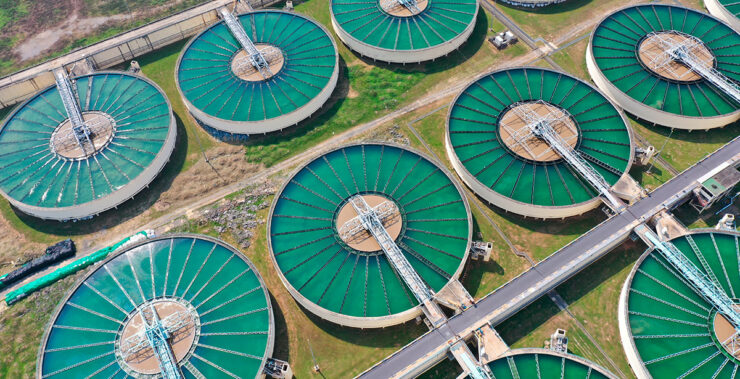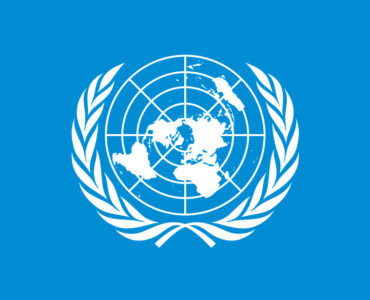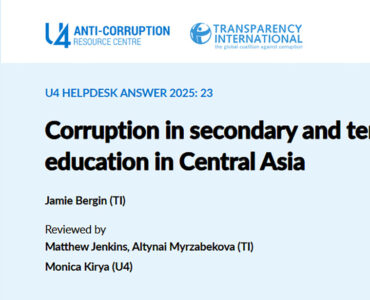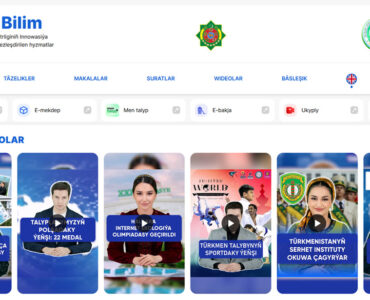Turkmenistan is experiencing water shortage and it is expected to get worse over time because of global warming. Future projections show that severe droughts are expected up to 9 out 10 years by the 2090s. Water demand by Turkmenistan is mainly supplied by four rivers passing through several nations: Amu Darya, Atrek, Murghab, Tedzhen. Amu Darya supplies almost 90% of the water demand of Turkmenistan. 25-26 billion m3 a year are taken from those rivers during high water content years, but during low content years the water intake is significantly reduced, though per capita water withdrawal has decreased from 5778 m3/cap/yr in 1995 to 4704 m3/cap/yr in 2019. Majority of water today is used in agriculture which uses 94% of all water, according to FAO Aquastat. Wheat is the main agricultural product followed by cotton. Severe depletion of water level in Amu Darya that is projected for the future would cause major water supply issues for agriculture and drinking water in Turkmenistan.
Cotton is the main culprit of elevated water consumption in the agricultural sector in Turkmenistan as it is one of the most water intensive crops in the world, consuming over 6,000 (!) liters per 1 kg, according to Chapagain et al. (2006). While it was found that cotton was cultivated in the territory of Turkmenistan for many thousands years, the arid climate of Turkmenistan was never well suited for industrial level production of cotton, according to research. The drainage of the Amu Darya river to quench the insatiable thirst of cotton has led to an ecological disaster at the Aral Sea, as reported by the United Nations, with little water feeding into the sea with elevated levels of pesticide and fertilizer concentration. Cotton that is grown in such an unfriendly environment cannot be competitive on the world market and it probably is only profitable thanks to the unpaid forced labor in Turkmenistan. As more people are becoming aware of the sustainability issues in the world, more companies are addressing these issues in their operations and their upstream supply chains. For this reason, the cotton from Turkmenistan has already lost its appeal to Nike, Adidas and Amazon among 141 companies in total that pledged not to source the Turkmen cotton until the use of forced labor has been addressed.
Source: FAO Aquastat
Furthermore, the UN has reported that the water stress in Turkmenistan has reached the critical level and currently stands at 144%, which is an indicator of the amount of freshwater withdrawal as a proportion of available freshwater resources (UN Water). This can be another reason for Turkmen cotton becoming less attractive in the future as both environmentally and socially unsustainable.
One way to address a water shortage is to desalinate seawater. There is plenty of liquid water on Earth but most of it is locked in salty seawater. One of the most efficient ways to desalinate seawater is to use a so-called reverse-osmosis, which removes the salt from the water by pushing the salt-rich water through a membrane which only allows water molecules to pass through to the other side and stops the salt molecules on one side.
This method is already actively implemented at big scales in other countries suffering from water shortages, such as Australia, Egypt, Israel, Saudi Arabia and new projects are constantly being announced.
Nevertheless, seawater desalination is still prohibitively expensive at over 2 USD/m3, according to the research. The bulk of the cost is related to the high pressure requirements of reverse-osmosis water desalination which requires enormous amounts of energy.
Desalination plants in Turkmenistan
Donate to support Turkmen analysts, researchers and writers to produce factual, constructive and progressive content in their efforts to educate the public of Turkmenistan.
SUPPORT OUR WORKThere are desalination plants that are currently in operation, in Lebap and Balkan regions, or in planning phase in Turkmenistan. As of 2012, desalinated water supplied less than 1% of the industrial and household demand (FAO). Ashgabat, like cities in Turkmenistan, has been experiencing unannounced water supply cuts, as reported by independent media. People are rarely warned about the water supply cuts and the state media never reports such cases. This summer the president Serdar Berdymukhammedov requested evaluation of potential supply of desalinated seawater from the Caspian Sea to the capital. The new plant that is evaluated by the Spanish company Typsa will be able to desalinate 1,200,000 m3/day and become operational by 2028. The estimated cost of the project is 5.43 billion US dollars. As the supply of water to households is prioritized by the government, Turkmenistan will probably have to resort to seawater desalination on a bigger scale.
Efficiency improvements to bring water consumption down
Considering the major share of agriculture in water consumption, the lowest hanging fruit to address the water shortage is to start implementing efficient forms of irrigation, such as dripping or center-pivot sprinkling, that can drastically reduce water needed for irrigation compared to the conventional ditches, with up to 70% water savings. Such systems have already shown to improve water efficiency in Tajikistan, which is also a drought-prone area.
Drip irrigation was found to significantly reduce the water consumption per hectare, while simultaneously improving the cotton yields, according to a study led by a researcher from Turkmenistan – Kulmedov & Shcherbakov, (2022).
UNDP has recently initiated a research project to demonstrate the water saving potential of modern irrigation systems that can hopefully educate the local farmers on the best water saving measures and lead to a widespread use of these systems. The project was concluded in the first half of 2022 and, according to the project report, a demonstration low-water irrigation system was installed in Geokdepe district of Ahal region and a reduction of normalized water consumption by 48,000 m3/ha/year was reached at the site. Moreover, “National policy and regulatory framework established for integrated water resource management”was developed and adopted.
Given the acute water shortage crisis in Turkmenistan, strict water conservation measures will need to be implemented, with the agricultural sector being drastically modernized and modified to adapt to the new reality. However, it is unlikely that seawater desalination will become a major source of water for the agricultural sector due to the prohibitive costs. With the growing temperatures and prolonged periods of droughts in Turkmenistan and the neighboring regions, seawater desalination will be used at ever bigger scales in the future to supply basic human needs.
Rasul Satymov







